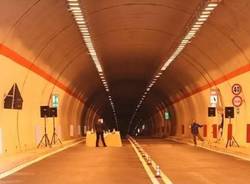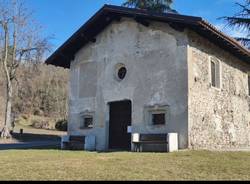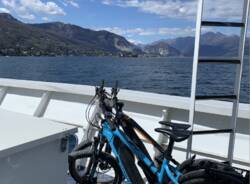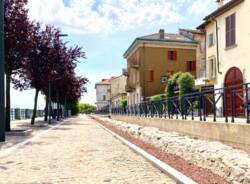The truth on the Nazi slaughter, in court seventy years later
15th May 2012 marks the start of the trial for Borgo Ticino's massacre, committed by Nazi soldiers. Twelve people were captured and killed in front of their friends and relatives.
Ernst Wadenpful is the last living defendant among the former German soldier who committed the Nazi slaughter on 13rd August 1944 in Borgo Ticino. This 97-year-old man is the only chance for the victims’ relatives to finally see justice done. Their loved ones were picked randomly among the inhabitants and shot in the square of the small town located in Piedmont. They have had to wait 68 years for the trial to start, next 15th May before Verona’s Military Court. A lot of time, not only for the matter of "times" of justice. In fact, the truth on that day had already been perfectly reconstructed and testified since the very first days after the slaughter. However, those dossiers with all the documents were hidden right after the war inside what will be later called the "closet of shame", the secret archives found in Rome in 1994, which contained hundreds of documents regarding the war crimes on Italian territory during the Nazi and fascist occupation.
"Borgo Ticino’s is one of the most serious slaughters of that period but is also one of the best documented ones from a historical point of view," tells Giovanna Gazzetta, granddaughter of one of the victims, Giovanni Fanchini, which was 26 years old at the time. "The truth was written in ten or so files hidden at the end of World War II. For years I’ve been trying to shed some light on that event but in vain, until I stumbled upon a book that talked about the very opening of the closet of shame. And among the anecdotes narrated there, Borgo Ticino was also mentioned. From there, our journey started."
"May’s hearing has particular significance”,Borgo Ticino’s mayor Francesco Gallo commented, “We do not care about the actual sentence of the last living defendant but, rather, we care about the reconstruction of the facts. On that day in 1944, 13 civilians were put to the wall, and 12 of them lost their lives, we owe them the truth. They were randomly chosen among the population by Nazi soldiers during a retaliation act due do the fact that some days before 13rd August, three Nazi soldiers had been injured during a clash with some partisans. Twelve people were sacrificed in front of friends and relatives and dozens of houses were burned and ransacked. A ransom of 300 thousand lira was also gathered and given to the Germans, and that was a hefty sum for the time, but to no avail. Also, it was never given back." Borgo Ticino‘s commune, together with the victims’ relatives and the national ANPI appeared as civil plaintiffs in the trial before Verona’s Military Court. In the beginning, also Sesto Calende’s commune (which was involved in the matter because one of the victims, Cesare Tognoli, came from Sesto) had started the legal proceedings with the involved family, and it was only recently that, as Varese’s journalist Franco Giannantoni tells in one of his articles, the new administration chose to pull themselves out of the matter, just before the approaching trial.











Accedi o registrati per commentare questo articolo.
L'email è richiesta ma non verrà mostrata ai visitatori. Il contenuto di questo commento esprime il pensiero dell'autore e non rappresenta la linea editoriale di VareseNews.it, che rimane autonoma e indipendente. I messaggi inclusi nei commenti non sono testi giornalistici, ma post inviati dai singoli lettori che possono essere automaticamente pubblicati senza filtro preventivo. I commenti che includano uno o più link a siti esterni verranno rimossi in automatico dal sistema.